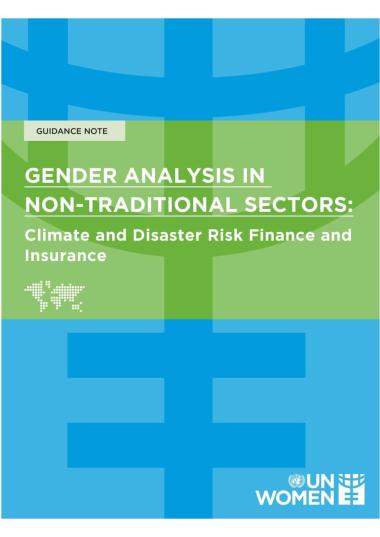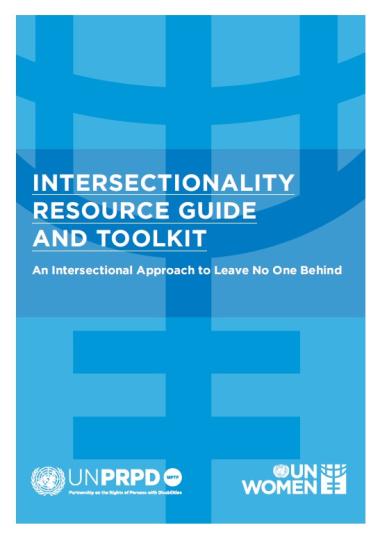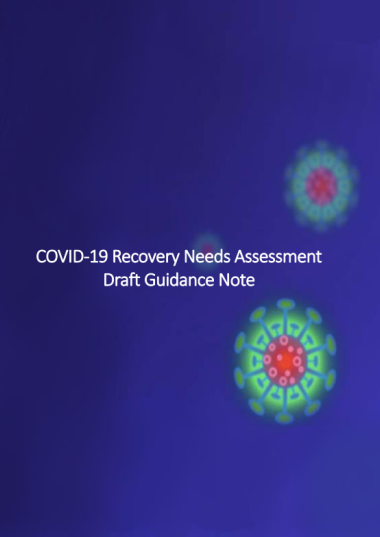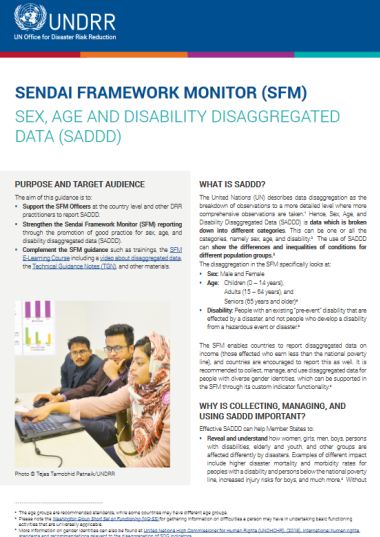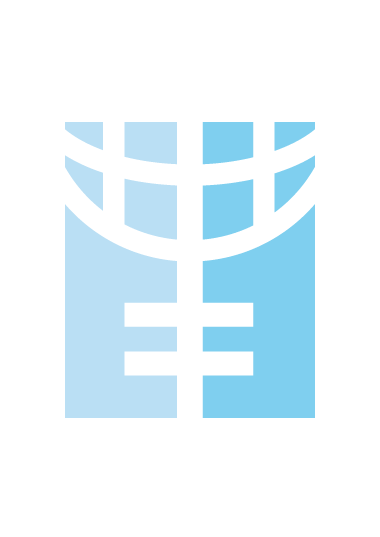
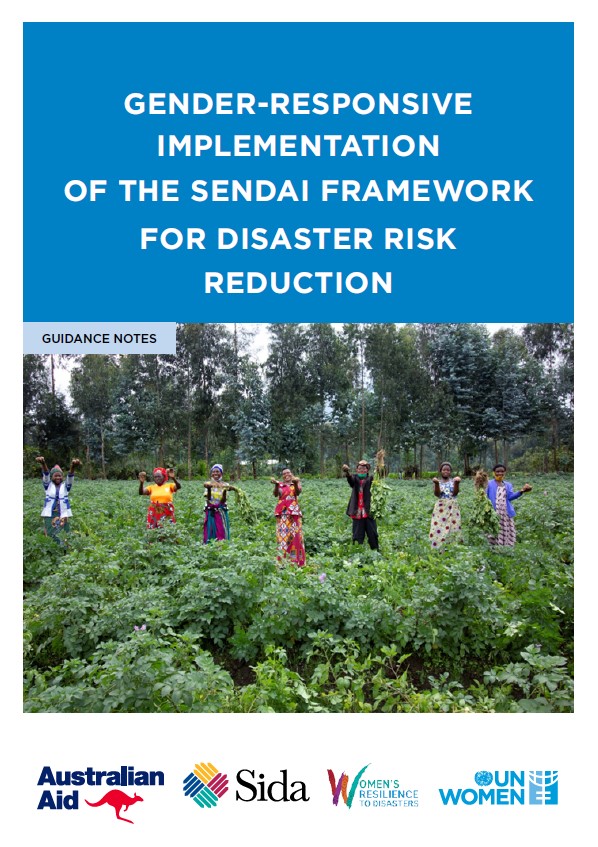
This tookit has been developed for national women's machinery, for national DRR machinery, and for UN Women staff (regional and country-level) to support gender-responsive implementation of the Sendai Framework for Disaster Risk Reduction at a regional level.
The main purpose of the toolkit is to address disproportionate disaster impacts for women and girls and mobilise their meaningful participation and leadership in disaster and climate prevention, mitigation, preparedness, recovery, and resilience building. As this guidance was originally prepared for the East and Southern Africa Regional Office (ESARO), examples given are specific to this region.
Four guidance notes have been developed for key stakeholder groups and supported by 20 notes on specific topics linked to gender-responsive implementation of the Sendai Framework. All of these may be accessed on this page.
List of guidance
Guidance 1: Women’s machinery - formal governance structures assigned to promote gender equality and improve the status and rights of women (e.g., Ministry of Women’s Affairs, Ministry of Social Affairs, government gender focal points)
Guidance 2: Disaster Risk Reduction machinery - formal governance structures assigned to manage disaster and climate risks, support post-disaster recovery, and secure risk informed and resilience development (e.g., National Disaster Management Agencies, climate change departments, central development planning agencies, national line ministries)
Guidance 3: UN Women Regional staff (with a focus on East and Southern Africa)
Guidance 4: UN Women Country staff (with a focus on East and Southern Africa)
List of notes
Overview tools
Note 1: Understanding gender-responsive implementation of the Sendai Framework for Disaster Risk Reduction (DRR)
Note 2: Overview of disaster risk reduction, disaster risk management, risk-informed development, and resilience
Note 3: DRR machinery in Africa
Note 4: Women’s machinery in Africa
Priority 1 - Understanding disaster risks
Note 5: Using gender data to inform monitoring and reporting of the Sendai Framework
Note 6: Introduction to conducting Gender Analysis
Note 7: Understanding the gender dimensions of risk - a checklist
Note 8: Inclusion of Sexual orientations, Gender Identities and Expressions, and Sex Characteristics (SOGIESC) in Disaster Risk Reduction and Resilience
Priority 2 - Strengthening disaster risk governance to manage disaster risk
Note 9: Legal basis for gender inclusion in the SFDRR and resilience
Note 10: Why and with whom to coordinate?
Note 11: Gender inclusion in national and local platforms for DRR
Note 12: Gender and DRR tool for parliamentarians
Note 13: Sendai Framework Voluntary Commitments Platform
Note 14: Guidance and tools for mainstreaming age and disability in DRR
Note 15: Women’s leadership in DRR
Priority 3 - Investing in disaster risk reduction
Note 16: Gender-responsive investments in DRR
Priority 4 - Enhancing disaster preparedness for effective response and to “Build Back Better” in recovery, rehabilitation, and reconstruction
Note 17: Gender-responsive early warning systems and early action
Note 18: Gender-responsive disaster preparedness
Note 19: Gender-responsive humanitarian action and early recovery
Note 20: Gender in Post Disaster Needs Assessment (PDNA) and recovery processes
